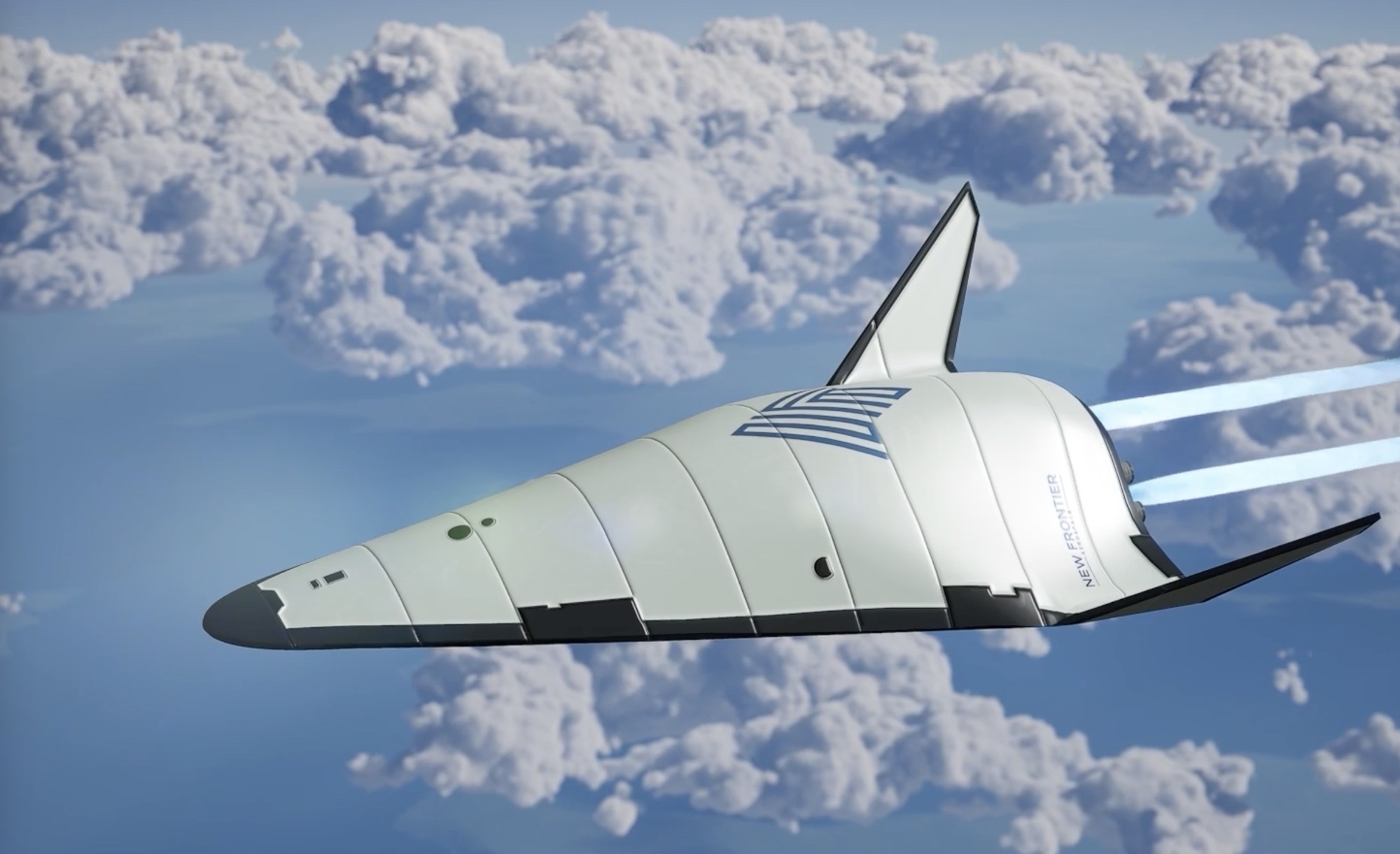Travel
New Frontier Aerospace tests rocket engine for point-to-point travel

FARNBOROUGH, England — A space transportation startup with visions of high-speed point-to-point travel has started tests of the engine that will power their vehicle.
Alex Tai, chairman of New Frontier Aerospace, announced during a panel discussion at the Farnborough International Airshow July 23 that the company performed the first test firing of its Mjölnir engine on July 18.
Mjölnir is a full-flow staged combustion engine that offers higher efficiencies than other designs. It is the same architecture used by SpaceX’s Raptor engine as well as by Stoke Space, a startup developing a reusable launch vehicle. The engine uses liquid oxygen and methane propellants.
“We believe we fired the most advanced rocket motor in the world,” he said in an interview after the panel. The firing lasted less than a second, but demonstrated the startup of the turbopumps and successful ignition. The company plans to do longer engine burns as part of the testing program.
The version of Mjölnir currently being tested produces less than 3,000 pounds-force of thrust. Later versions intended for use on vehicles will generate 40,000 to 60,000 pounds-force, he said.
New Frontier plans to use the engine on a vehicle called the Intercontinental Rocketliner, a suborbital vehicle intended to carry 100 people on high-speed flights around the planet at hypersonic speeds. The vehicle, whose shape is superficially similar to past concepts like the X-33 and VentureStar, would take off and land vertically but use a “boost-cruise-glide” approach to travel through the upper atmosphere.
The company seeks to tap into a market for passenger travel that could allow people to travel from one point on the planet to another in just a couple of hours. The vehicle also has potential military application for rapid delivery of cargo or personnel. Such markets, at least in theory, could be far larger than for launching spacecraft.
It is also a market that SpaceX has expressed interest in with its Starship vehicle, highlighting for years its potential to transport people between continents in under an hour as well as working on the “rocket cargo” initiative by the Air Force Research Lab.
Tai argued, though, that Starship can’t be an effective point-to-point vehicle. “He’s building a vehicle that is very good to get to Mars,” he said on the panel of SpaceX’s founder, Elon Musk. “It’s not very efficient at point-to-point. It doesn’t have wings. It’s also too big.”
The company’s executives have experience in working on such vehicles for decades. Jess Sponable, president of New Frontier, was the Air Force program manager for the DC-X, which demonstrated vertical takeoff and landing technologies for reusable rockets more than 30 years ago, and was later manager of DARPA’s XS-1 project that sought to develop a suborbital reusable spaceplane. David Gregory, the company’s chief technology officer, led work on engines at Blue Origin and Ursa Major Technologies.
Tai himself is a former chief operating officer of Virgin Galactic and led special projects at Virgin Group. He said Virgin Galactic’s interest in suborbital spaceflight was stimulated by its potential for point-to-point travel rather than space tourism.
“It was our mission at Virgin Galactic to do point-to-point travel. Space tourism was something that was required for us to prove it was safe for the public to fly into space. It’s something that’s taken a lot longer than I thought,” he said. “What we really wanted to be doing is moving Virgin Atlantic passengers to London from L.A. in less than two hours.”
One challenge for New Frontier or other companies interested in high-speed point-to-point travel is funding. “A lot of the large providers of finance and resources have been sucked into the black hole that is SpaceX,” he said. “What we need to have is competition and what we need to have is investment in others.”
The company has secured some funding from the Pentagon and NASA to support engine development, but he acknowledged that it will be years before his company is ready to start hypersonic travel, starting with cargo. “If we had commercial partners,” he said, “we could be operating inside the next decade.”









